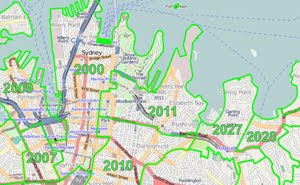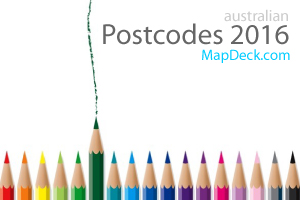There was a time of high expectations for SVG (about 6-7 years ago) where it has been hailed as an open source replacement for Flash. But then lack of support in major browsers derailed the whole initiative. The usual suspect, Microsoft, opted to promote its own version of vector graphics standard instead. Plug-in for Internet Explorer developed by Adobe was the only lifeline but support seems to be withdrawn for it some time ago. I don’t know if use of vector graphics in Google Map was a turning point but it definitely helped to bring some attention back to SVG.
When I first came across SVG I got very enthusiastic about the whole idea. The ability to include just a few lines of code in html page, as an ordinary XML text, and create stunning animations and visual effects was such an attractive proposition. It was a breeze in comparison with convoluted JavaScript hacks to enable some web page interactivity before Web 2.0 era truly emerged. But then the reality hit hard. The only way to view those graphics was in IE browser with a plug-in from Adobe. So SVG never caught up with the popularity of Flash.
I actually started playing with SVG even before I created my first map (which led me to my adventure with aus-emaps.com and this blog). I dusted off some old code to highlight the stunning capabilities of SVG. Here is a text rendering example that you can only dream to be able to do with CSS (note shadow and emboss effects!):
 And to finish off, one more example of use of SVG as a mapping application, form Germany:
And to finish off, one more example of use of SVG as a mapping application, form Germany:
I believe it’s time to revisit SVG capabilities in the context of the latest developments. Support is not yet uniform across all the browsers, for example some filter effects are not supported in Opera, but SVG deserves a second chance!








